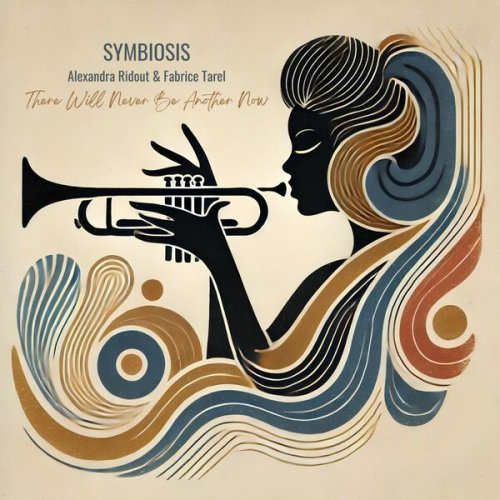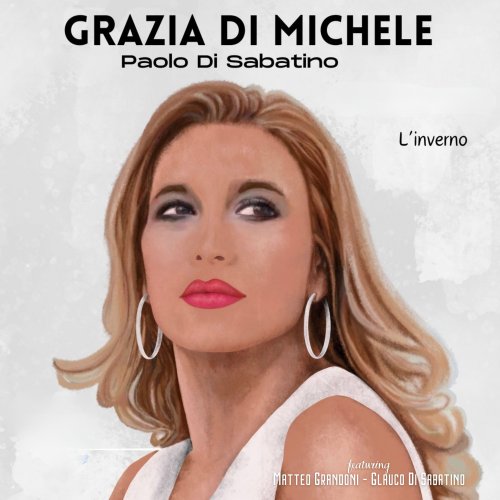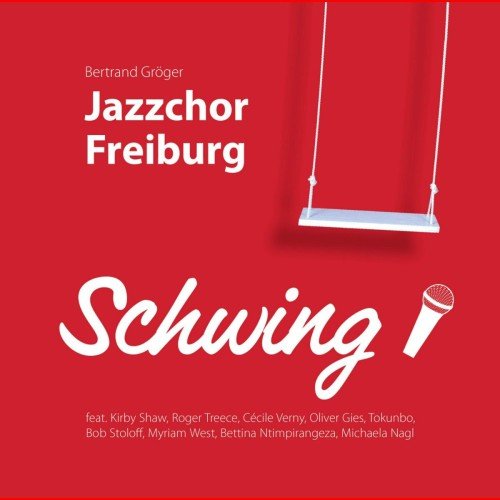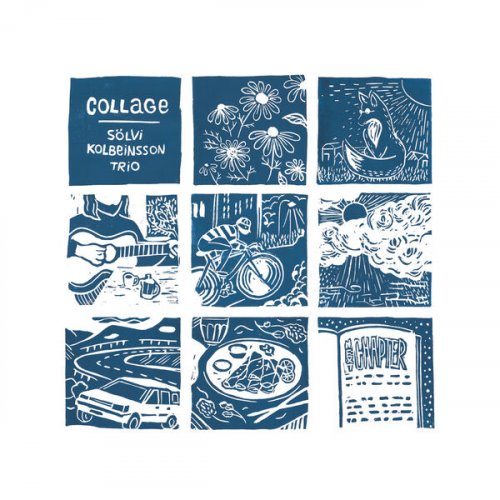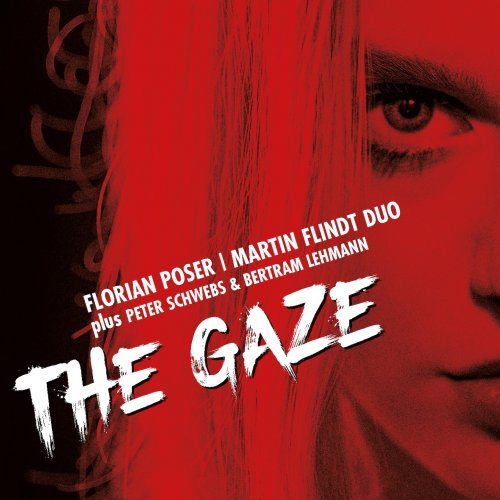Sophie Klussmann & Hopkinson Smith - Chansons & Frottole (2025) [Hi-Res]
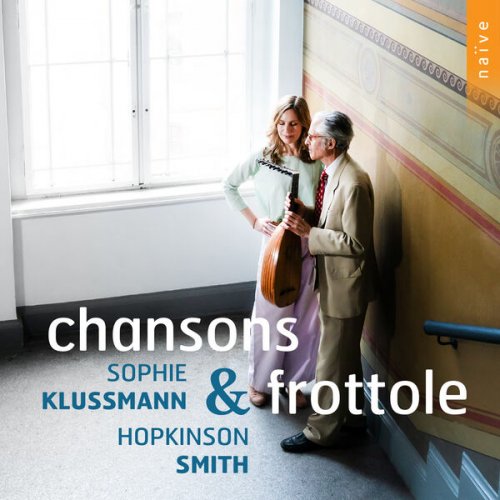
Artist: Sophie Klussmann, Hopkinson Smith
Title: Chansons & Frottole
Year Of Release: 2025
Label: Naive
Genre: Classical
Quality: FLAC (tracks) / 24bit-96kHz FLAC (tracks)
Total Time: 01:01:57
Total Size: 258 MB / 1.14 GB
WebSite: Album Preview
Tracklist:Title: Chansons & Frottole
Year Of Release: 2025
Label: Naive
Genre: Classical
Quality: FLAC (tracks) / 24bit-96kHz FLAC (tracks)
Total Time: 01:01:57
Total Size: 258 MB / 1.14 GB
WebSite: Album Preview
1. 34 Chansons musicales a quatre parties: No. 10, mes ennuyz (3:06)
2. 37 Chansons musicales a quatre parties: No. 12, Jouissance vous donneray (2:45)
3. 42 Chansons musicales a troys parties: No. 12, Amy, souffrés (Version from the "Très brève et familière Introduction" - No. 10) (3:05)
4. 37 Chansons musicales a quatre parties: No. 10, Dont vient cela (Version from the "Très brève et familière Introduction" - No. 23) (2:55)
5. 37 Chansons musicales a quatre parties: No. 37, Tant que vivrai (Version from the "Très brève et familière Introduction" - No. 33) (2:00)
6. Intabulatura de lauto: No. 7, Recercar VI (2:10)
7. Tenori e contrabassi intabulati col sopran in canto: No. 5, Se mai per maraveglia (3:42)
8. Tenori e contrabassi intabulati col sopran in canto: No. 26, Ostinato vo’ seguire (2:37)
9. Tenori e contrabassi intabulati col sopran in canto: No. 48, S’io sedo a l’ombra (1:55)
10. Intabulatura de lauto: No. 35, Poi che volse la mia stella (1:59)
11. Tenori e contrabassi intabulati col sopran in canto: No. 46, Io non compro più speranza (2:20)
12. 37 Chansons musicales a quatre parties: No. 14, Il est jour (3:25)
13. 31 Chansons musicales a quatre parties: No. 26, Puisqu’en amours (2:32)
14. 35 Chansons musicales a quatre parties: No. 24, Le Jaulne et bleu (Version from the "Très brève et familière Introduction" - No. 30) (2:35)
15. 42 Chansons musicales a troys parties: No. 7, Le cueur est mien (2:59)
16. 42 Chansons musicales a troys parties: No. 16, Dolent depart (Version from the "Très brève et familière Introduction" - No. 18) (2:25)
17. 34 Chansons musicales a quatre parties: No. 26, De toy me plaintz (2:49)
18. Libro 9 di frottole: No. 27, Poiché speranza è morta (1:56)
19. Tenori e contrabassi intabulati col sopran in canto: No. 8, Per fuggir d’amor le punte (2:37)
20. The Capirola Lutebook: No. 40B, Che farala che dirala (1:41)
21. Tenori e contrabassi intabulati col sopran in canto: No. 55, Ala guerra (1:58)
22. Tenori e contrabassi intabulati col sopran in canto: No. 2, Per dolor me bagno il viso (4:36)
23. Tenori e contrabassi intabulati col sopran in canto: No. 43, Starala ben cussi? (0:56)
24. Tenori e contrabassi intabulati col sopran in canto: No. 41, Dolermi sempre voglio (3:04)
Das französische und italienische Renaissance-Liederrepertoire lädt den Zuhörer dazu ein, in eine Welt einzutauchen, in der Erinnerungen an mittelalterliche höfische Dichtung, die Strenge antiker Klagelieder und ein vollständig polyphoner Erzählstil aufeinander prallen und sich überlagern, aber auch an die französische "Air de Cour" sowie an die frühe italienische Madrigalform. Die Chansons und Frottole dieser Aufnahme lassen diskrete, fast rätselhafte Emotionen erwecken, in denen Musik und Text zu einer transparenten, zurückhaltenden Einheit verschmelzen. Geleitet vom subtilen Klang der Laute Hopkinson Smiths', durchstreift die durchscheinende Stimme der deutschen Sopranistin Sophie Klussmann dieses wenig bekannte Gebiet der Frührenaissance in vier Abschnitten, die wie Hin- und Rückreisen zwischen Frankreich und Italien pendeln. Die verschmitzte Melancholie der Lieder von Claude de Sermisy und anderen französischen Zeitgenossen kollidiert dabei mit den klagenden Stücken von Marchetto Cara und Bartolomeo Tromboncino, die zwei prächtige Beispiele für die Frottola-Form sind. In diesen sechzig Minuten erzeugt Sophie Klussmann exquisite, kostbare Klangerlebnisse, die daran erinnern, dass das Herz und die Seele dieser Momentaufnahmen sehr oft die Liebe ist und in dem einzigen Stück des Programms, dessen Text religiöser Natur ist - dem Gebet "Se mai per maraveglia" - deutet ihr dunkelgoldenes Timbre auf das Ewige hin.

